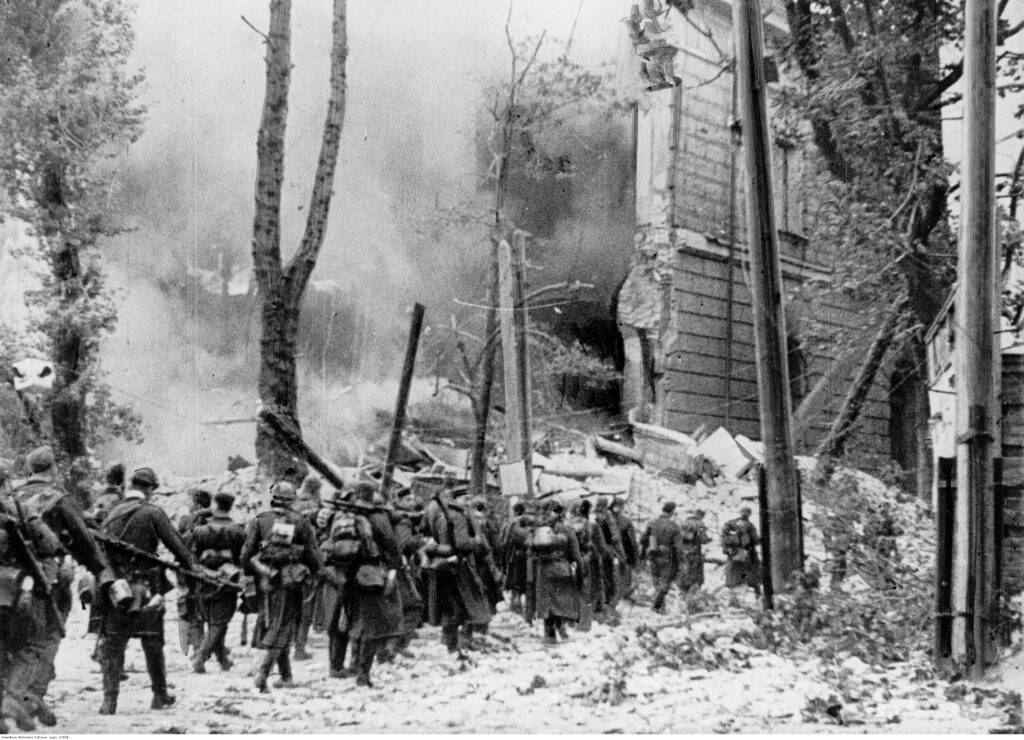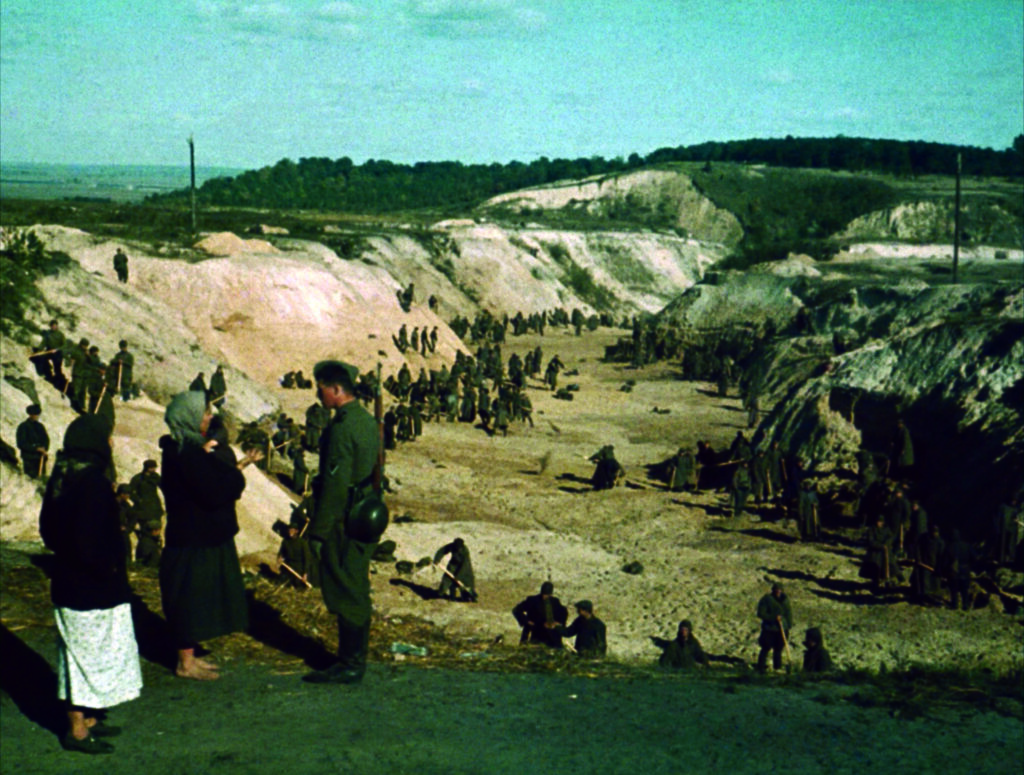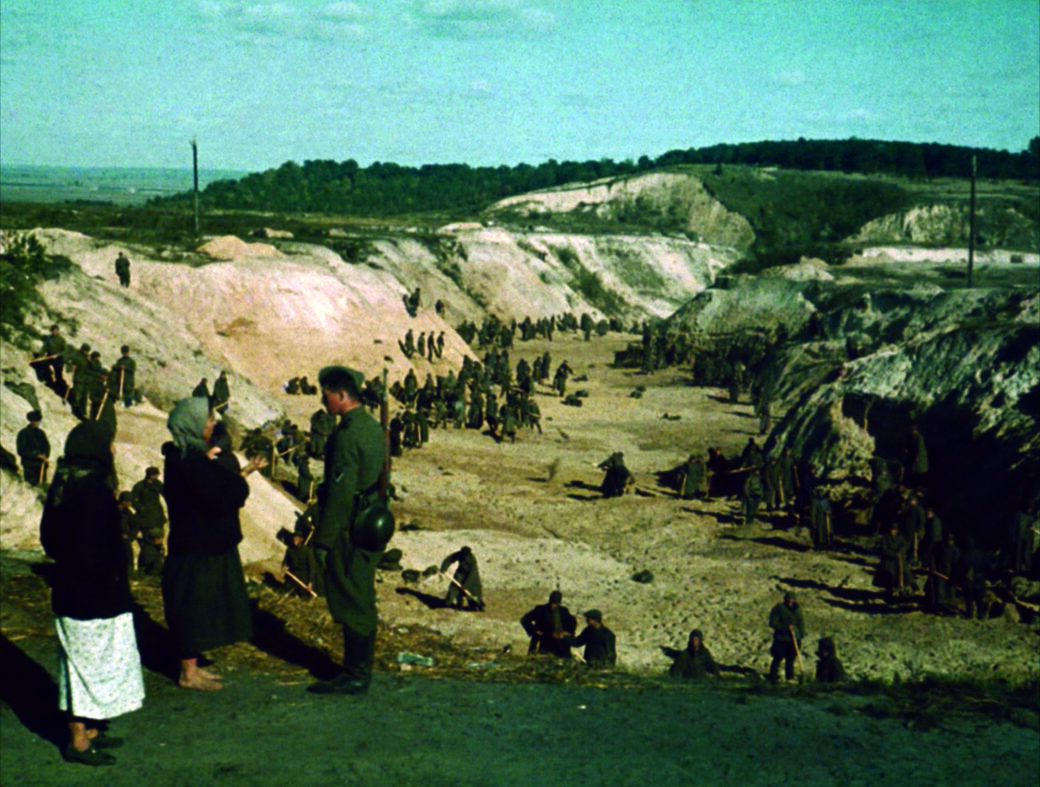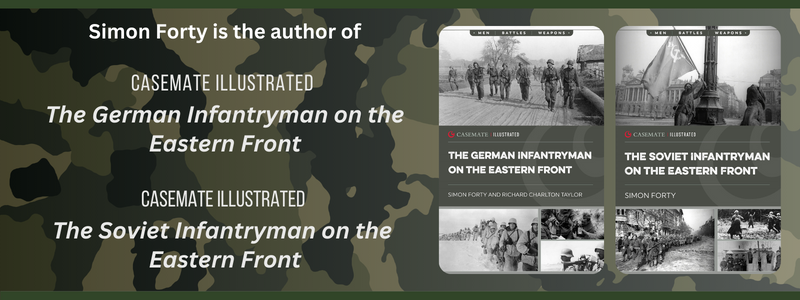Touching on key events, this brief overview explores the history of Ukraine, including its formation under Kievan Rus’, attacks by the Mongols, the emergence of a kingdom centered on Moscow, and the subsequent expansion of the Tsarist empire. Learn about the various conflicts and divisions Ukraine experienced, such as during World War I, the Russian Civil War, and the Holodomor and Great Purge in the Ukrainian SSR.
By Simon Forty | 4 min read
From Kievan Rus’ to the Ukrainian Soviet Socialist Republic
Just about the first thing that you study when you begin Russian history is Kievan Rus’, the state that built up around Kiev from the 9th century. It stretched from the Black Sea to the Baltic and prospered until the mid-13th century. As the Kievan state lost its eminence, the area was attacked by the Mongols and forced to pay tribute. In the 15th century, a kingdom emerged centered on Moscow that eventually retook much of the lands of Kievan Rus’. Later, its new capital of St Petersburg became the center of a Tsarist empire that by 1917 stretched from Europe to the Pacific.
After the breakup of Kievan Rus’, the lands that constitute today’s Ukraine were rarely united.
After the breakup of Kievan Rus’, the lands that constitute today’s Ukraine were rarely united. Divided and fought over by the Habsburgs, Poles, Lithuanians, Ottoman Turks and Russian Tsars in the north, from the 13th century Cossack states developed in the south bordering the Black Sea. Crimea—for centuries a Mongol khanate and latterly a dependency of the Turks—was annexed by Russia in 1783. It only became part of the Ukrainian Soviet Socialist Republic in the 1950s.
World War I: Turmoil, Wars, and Genocide
World War I brought turmoil: western Ukraine was part of the Central Powers; the east fought for Russia. The subsequent Russian Civil War saw the Cossacks side with the White Russians and Ukraine again fought over and split up. The success of the Bolsheviks led to the creation of the Ukrainian SSR but western Ukraine was annexed by Poland as attempts to set up an independent Ukrainian state failed.
Mixed allegiances, nationalism, hatred of Poles and Russians, political turmoil—all these were compounded by the Holodomor and Great Purge in the Ukrainian SSR. These saw much of Ukraine’s intelligentsia deported and executed and its population decimated by what Ukrainian historians identify as a genocidal campaign of starvation.
The Nazi Invasion of Kiev and the Complex Reactions

NAC (Polish Archives)
It was into this complex mix that the Nazis forced entry. Kiev was a major fortified area in the Soviet defence chain and a huge battle took place there in late summer 1941. Over 600,000 Soviet soldiers died or were captured in the Kesselschlacht and Kiev was overrun as was the whole of Ukraine and, latterly, the Crimea.
The reaction to the arrival of the Nazis was mixed.
The reaction to the arrival of the Nazis was mixed. In the west many greeted the invaders as liberators of the country from both Poland and the Soviet Union. Pogroms against both nationalities took place—over 100,000 ethnic Poles were killed by Ukrainian nationalists. The Nazi genocide against the Jews began, sometimes with the collaboration of local inhabitants and police, as at the infamous Babi Yar ravine.
Hundreds of thousands of Ukrainian civilians, possibly as many as 2.2 million, were sent to Germany to work as Ostarbeiter—essentially slaves.
This is a contentious issue. The number of Ukrainians who actually fought as German troops was small, but many served as HiWis—auxiliary volunteers—alongside German infantrymen. Hundreds of thousands of Ukrainian civilians, possibly as many as 2.2 million, were sent to Germany to work as Ostarbeiter—essentially slaves. This involvement with the Germans—although often the choice was that or death—gave Stalin a pretext for the deportation of the Tatars from Crimea. It also accounts for the Soviet wish to have Ukrainian POWs in Allied hands returned to face postwar punishment. It also is alluded to in Putin’s assertion that his military operation was to de-Nazify Ukraine.

Johannes Hähle WW2 Photo Archive/WikiCommons
The Ukrainian Role in Soviet Resistance Against the Nazis
However, it must be emphasized that the bulk of Ukrainians fought against the Nazis. Indeed, many Soviet infantryman were Ukrainian. The largest non-Russian contingent of the Soviet armed forces, over 4.5 million (some sources say as high as 7 million) Ukrainians fought in the Red Army, and over 200,000 as partisans. Casualty figures are impossible to quantify. Russian historian Vadim Erlikman puts the deaths at around 16.3% of the 1940 population: 1.65 million soldiers and 5.2 million civilians, a high proportion being Jews: 1.5 million of a 1941 population of 2.7 million.

Wikipedia
WANT TO LEARN MORE ABOUT THE INFANTRYMEN ON THE EASTERN FRONT?
Be sure to read The Soviet Infantryman on the Eastern Front and The German Infantryman on the Eastern Front
Fully illustrated with over 200 contemporary photographs and illustrations – and exploring a broad range of topics from uniform, weapons and provisions to tactics and communications.


 Follow
Follow